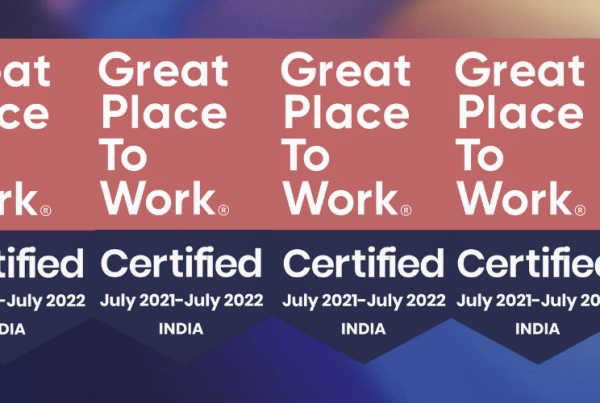The Impact of POS and POP on Impulse Purchases
It is a common misconception that the marketing job is done once the customer sets foot in store. Thinking in this way can cost you sales, lower conversion rates and reduce the likelihood of return visits.
What are POS and POP?
Conventional market efforts aim to capture the attention of a consumer, inform them of a product and convert that interest into a purchase. Point of sale (POS) and point of purchase (POP), however, are slightly different marketing tactics. POS and POP attempt to market to shoppers who are ready to make a purchase and provides a last minute way for retailers and brands to influence the decision they make.
How big is their impact?
There is a vast amount of evidence to suggest that POS/POP marketing has a big impact. A TKM Consultants insight report last year found that POS is ‘more influential’ than TV, radio and press advertising. By some calculations, a staggering 75% of our buying decisions are made in-store highlighting how impulse buying disrupts the normal decision-making process for the consumer highlighting the emotional, self-gratifying side. However, the reality is that impulse buys only represent a smaller share of purchases, as customers develop conditioned behaviour over time and react in certain ways. Being able to take advantage of this is where POS/POP material can have the biggest impact.
Making the most of your POS/POP marketing
Though there is a need for POS/POP marketing, it must become more sophisticated to match increasingly sophisticated customers. Below are some ways in which POS/POP material can be taken to a different level.
Addressing the emotional needs of customers can reward brands with increased sales. Kesslers International, for example, developed a secure, open POP display for a children’s watch brand within Swatch. By giving customers a chance to pick up the watch and play with it, sales rose by 80%, something which Kessler attribute to the ability to catch the impulse and browsing market more effectively.
Visual clarity is of incredible importance; efficient shelf space allocation leads to better product displays and makes the store environment more pleasant, both things which consumers demand. Stimulating storefronts and interiors can create a sense of distinctiveness which can help to convert customers from a single purchase to multiple purchases and develop more long-term relationships.
Using POS/POP displays and powerful packaging can help develop brand presence which is the pedestal upon which the POS displays and products themselves can have effect. Managing Partner of Portland Design emphasises the importance of branding with the following acid test: “if you take all the products off the display, you should still be able to distinguish different brands” This is something which Johnson and Johnson have managed to do effectively; the J&J First Aid Centre provides supermarkets and drugstores with a permanent display for over 30 items which helps to present J&J as a trusted, well-established and reliable company.
Personalised material can also be very effective, especially when combined with innovative displays. Mannington Flooring utilise a small computerised display which is programmed to use customer answers to questions about room décor in order to provide appropriate styles for the customer to choose from. Though this sounds very simplistic, this technique boosted sales for Mannington, and is an effective way of engaging with and entertaining consumers.
Therefore, POS/POP marketing does have an impact; clear, easy-to-understand, strategically placed solutions can help guide consumers towards making purchases.
For more information on Amnet’s Retail pre-media services please contact us at hello@weareamnet.com





